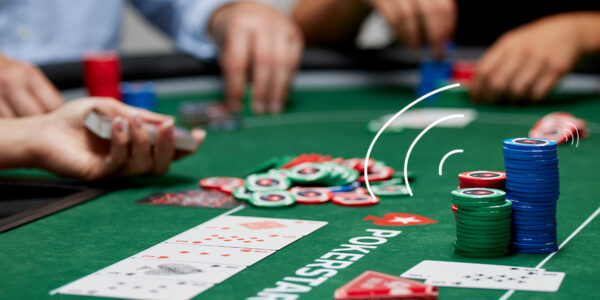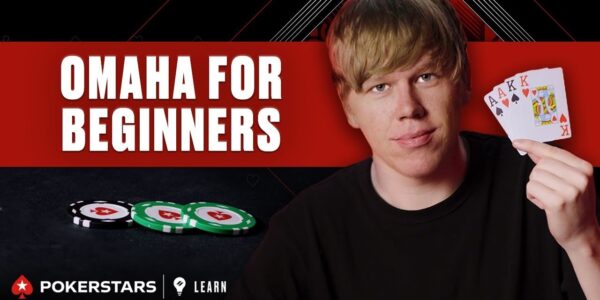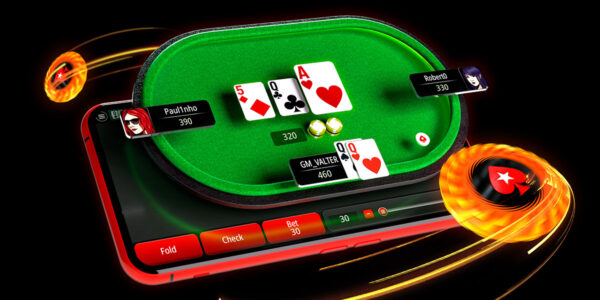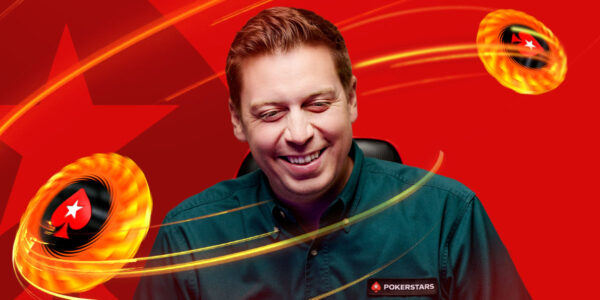Power Path Strategy: Simple guides to help you win
Power Path is an exciting new way for players of all skill levels and bankrolls to win special passes into the biggest PokerStars events, both live and online.
Whether it’s your dream to sit down in a European Poker Tour (EPT) Main Event, or to battle online against the big-name players in a World Championship of Online Poker (WCOOP) High Roller, the Power Path gives casual players the amazing opportunities you deserve.
Here, you’ll find Power Path strategy guides to help you every step of the way, from the Spin & Go Step 1 to the MTT Step 4, where you could win a Bronze, Silver or Gold Pass worth up to $10,300.
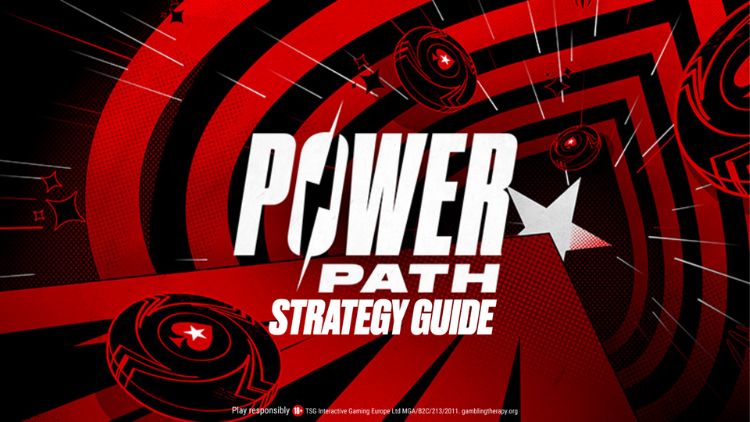
POWER PATH STRATEGY GUIDES
STEP 1 STRATEGY – SPIN & GO
What is a Spin & Go?
To win your way to Step 2 of Power Path without investing a penny, you’ll need to win a $0.50 Step 1 Spin & Go.
But what is a Spin & Go? Let us explain.
A regular PokerStars Spin & Go is a three-player, single table, winner-take-all, hyper turbo sit & go with a variable prize pool where you can win anywhere from two times your buy-in to 10,000 times your buy-in.
The format is exactly the same for Power Path Step 1 Spin & Go’s, but the prize structure is different. The most common prize you’ll win is a ticket to Step 2 (we’ve got strategy guides for that later), but there’s also a chance you could win a Bronze Power Pass, Silver Power Pass, and even a Gold Power Pass straight from Step 1.
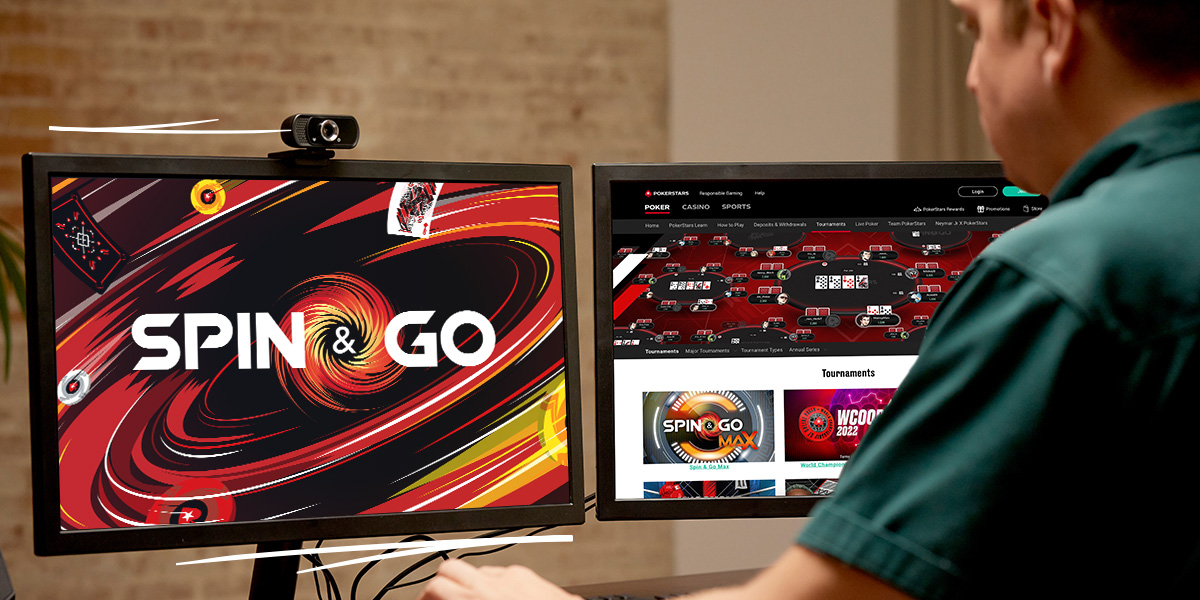
Blinds, stack and position
Now let’s put it into practice with some live plays and session reviews.
First, we’ll look at the blind structure and stack size of Spin & Go’s.
Effective stack size
Now let’s focus on stack size. The easiest way for us to refer to a specific situation in a Spin & Go is to refer to effective stack size in big blinds. Effective stack size is the smaller of the stack sizes between two people. The term reflects the fact that, when a larger stack goes all-in against a smaller stack, they can only lose up to the amount of chips that the smaller stack started the hand with.
Watch this video to learn more.
Heads-up gameplay
When you reach heads-up in a Spin & Go, it’s important that you know how to play pre-flop. Too much folding and your stack will dwindle down while your opponent’s increases. Play too aggressively and you’ll either lose chips by folding when faced with aggression, or you’ll end up behind in an all-in situation.
Use this video as a starting point. It should help you to beat opponents in Step 1 Power Path Spin & Go’s.
Push or fold?
In the late stage of a Spin & Go, effective stack size in big blinds becomes smaller and smaller. There comes a point when raising and then folding vs. an all-in becomes too costly to your stack.
Instead of putting yourself in lots of tough spots the right play often becomes going all-in or folding.
In this video, we go over when to start playing push or fold in Spin & Go and go through some hand selection.
Preflop strategy and micros
In the last few videos, we’ve gone over basic pre-flop strategies to figure out how to play pre-flop.
Let’s quickly go over the factors that influence our decisions one more time to help you hone your Power Path strategy.
Session reviews
In the final Spin & Go video, we’re going to conduct a session review of some $1 Spin & Go’s played on PokerStars.
Watch some live play action here.
STEP 2 STRATEGY – SIT & GO
In Step 2 of the Power Path, you’ll either play a $1 Sit & Go (SNG), or a $1.50 Multi-table Tournament (MTT).
An SNG is also a tournament, but one with a set amount of tables – often no more than four. In Step 2 of Power Path, the SNGs have 16 players.
Single Table Tournaments (STTs) are the most common type of SNG. They essentially play like a final table of an MTT, albeit one where all players begin with the same starting stack.
SNG players will want to hone their full-table game as well as their short-handed play and heads-up skills. You’ll find some Power Path strategy guides for this below.
Introduction to STTs
STTs are SNG tournaments that take place – as the name suggests – around a single table. As soon as all the seats are filled, the tournament begins.
Learn more about how STTs work here.
The early phase of STTs
In Power Path Step 2 SNGs, everyone starts with the same stack, the blinds are low, and typically you will not have much information about your new opponents.
Therefore, it’s possible to come up with some general guidelines for how you’ll play at the start.
Check out some tips for the opening stages of STTs here.
The middle phase
The next article looks at the middle stages of an STT, from around the fourth blind level to the point when only four players remain. If play gets down to only four runners in the first three levels, there is no middle phase (it’s possible, but rare).
STTs tend to have fewer variables than many other types of poker, which makes it easier to follow general rules of play.
These guidelines cover a nine-handed STT, played with a regular structure (as opposed to a turbo or hyper-turbo), perfect for Power Path strategy in Step 2.
STT bubble play
The “bubble” is the stage of a tournament when you’re one player away from reaching the prizes. In Power Path Step 2, X amount of players will win Step 3 tickets, so the bubble begins when there are X players remaining.
The next player eliminated goes out “on the bubble”, leaving with nothing, so it’s crucial to play this stage well.
To help you do this, check out:
How to consider stack sizes on an STT bubble
When to shove on the bubble of an STT
STT prize places
Nothing will hurt more than just missing out on a Step 3 ticket.
Here are some general guidelines for play when there are only X people left with X Step 3 tickets up for grabs.
If there’s only one Step 3 ticket in the prize pool, you’ll need to win a heads-up match to capture it.
Check out these guidelines for playing heads-up in an STT.
STEP 3 AND STEP 4 STRATEGY – MTT
Now you’ve reached Step 3 of the Power Path and it’s time to play a multi-table tournament (MTT) with a certain amount of Step 4 tickets in the prize pool, depending on how many players enter.
This is probably the type of poker game you’re used to playing on PokerStars. The $11 Sunday Storm, for example, is a traditional MTT. Step 4 of Power Path will be an MTT, too.
PokerStars Learn has more than 11 pages of great articles and videos – including many made by PokerStars Team Pro Lex Veldhuis – to help you navigate these MTT fields, build a big stack and finish in the top spots of Step 3 and Step 4 events.
Click here to start learning MTT strategy.
MORE ABOUT POWER PATH:
Power Path Introduction
What do Pros think of Power Path?
Power Path Inspiration
How casual poker players can live their poker dreams through Power Path



